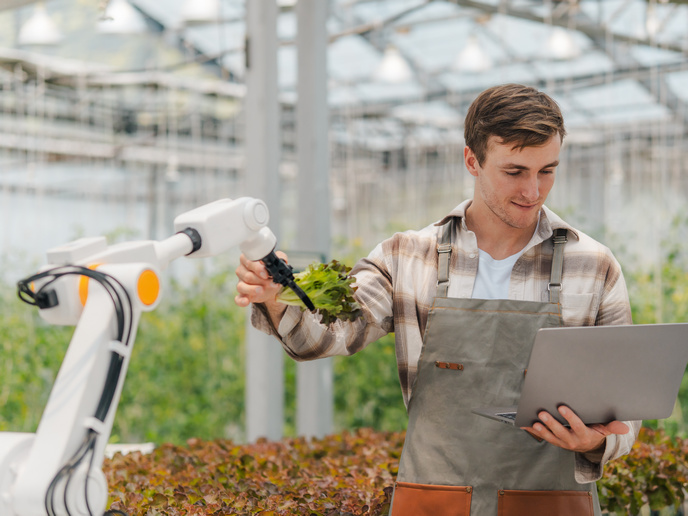AI technology optimises waste detection in treatment plants
Global recycling rates are only around 19 % according to Waste Atlas, so there’s much room for improvement. Low recycling rates are mostly the result of current practices that don’t enable the recycling industry to move forward in a cost-efficient manner. This sector needs technological contributions that allow better results at a cheaper cost.
Real-time monitoring of waste flow
Waste treatment and recycling plants work without real-time information of the mix of materials they are processing or obtaining along the relevant points of their layout. “The fact is that the input of an urban waste treatment plant or material recovery facility is a highly variable and uncontrolled waste flow, and until now available technology couldn’t monitor it in real time at a reasonable cost,” says Belén Garnica, CFO of Sadako Technologies, coordinator of the EU-funded RUBSEE(opens in new window) project. “This has limited much of their operational optimisation.” To address this unmet need and opportunity, RUBSEE produced a disruptive monitoring system that uses advanced AI and computer vision to determine at all times the composition (type, quantity) of material present in several plant locations. It gathers and presents the information in a remote monitoring platform so that it can be easily analysed and activated. The innovation targets the entire plant layout. As such, it needs to be able to detect and measure a great variety of waste streams that are more or less crowded and with a very different mix of objects, depending on the location inside the plant.
Placing value on data collection to improve operations
The system generates automatic alerts that help management and technical teams prevent, detect and resolve incidents or risk events. Managers benefit from the continuous information of a plant’s input, in-progress and output materials that provide valuable insight. Technical teams will see gains related to a plant’s day-to-day operation and maintenance. Operators can adjust the parameters of their equipment in real time, and in some cases even readapt the layout design. In the same way, unexpected technical failures or equipment yield drops can be immediately detected for quick solutions. Historic information and comparative analysis shed light on plant operation and enable data-driven decisions. Data can be used for public or private compliance purposes. “We wanted to generate a system that can ‘see’ the trash moving across the lines, providing waste operators the same type of actionable information that manufacturing and energy companies already get,” explains Garnica. “Thanks to the AI technology for waste detection, we’re now able to identify a much broader range of objects with much higher detection rates, and to do so during complex circumstances like broken or crushed materials.” Two pilot systems in Spain and one in Portugal have been installed and are running in waste treatment plants. By monitoring in real time the waste flow processed by plants, the system will help achieve better economic, environmental and regulatory performance. “We are convinced that RUBSEE can greatly contribute to waste treatment plants, making them smarter and more efficient,” concludes Garnica. “Our ultimate goal is to introduce high tech to the waste industry so that future generations can inherit a cleaner and more sustainable planet.”







